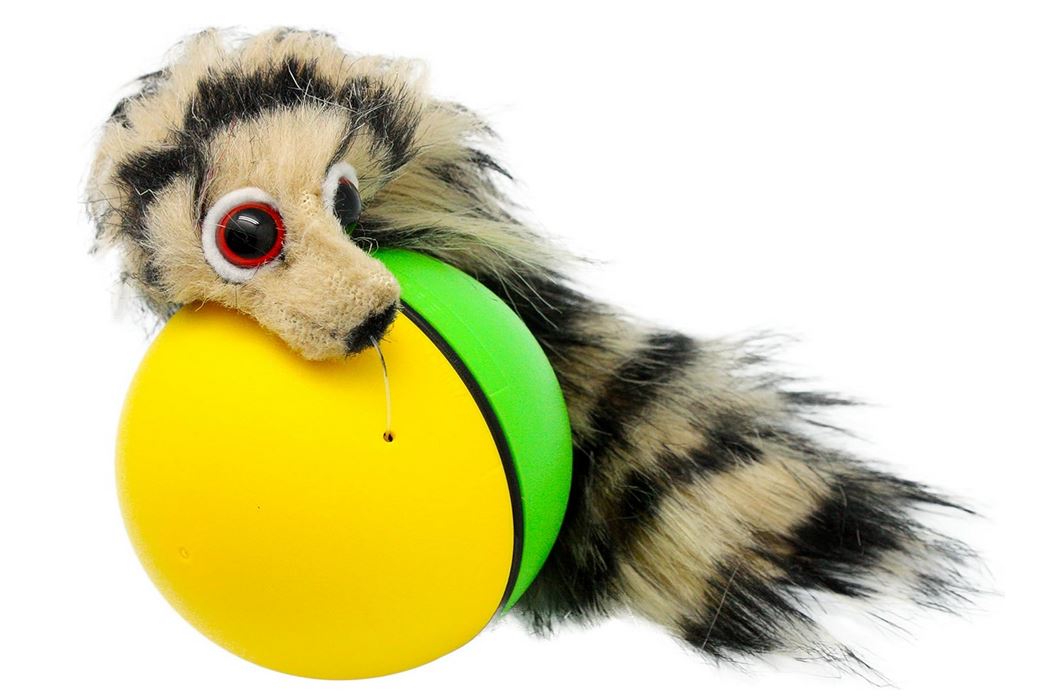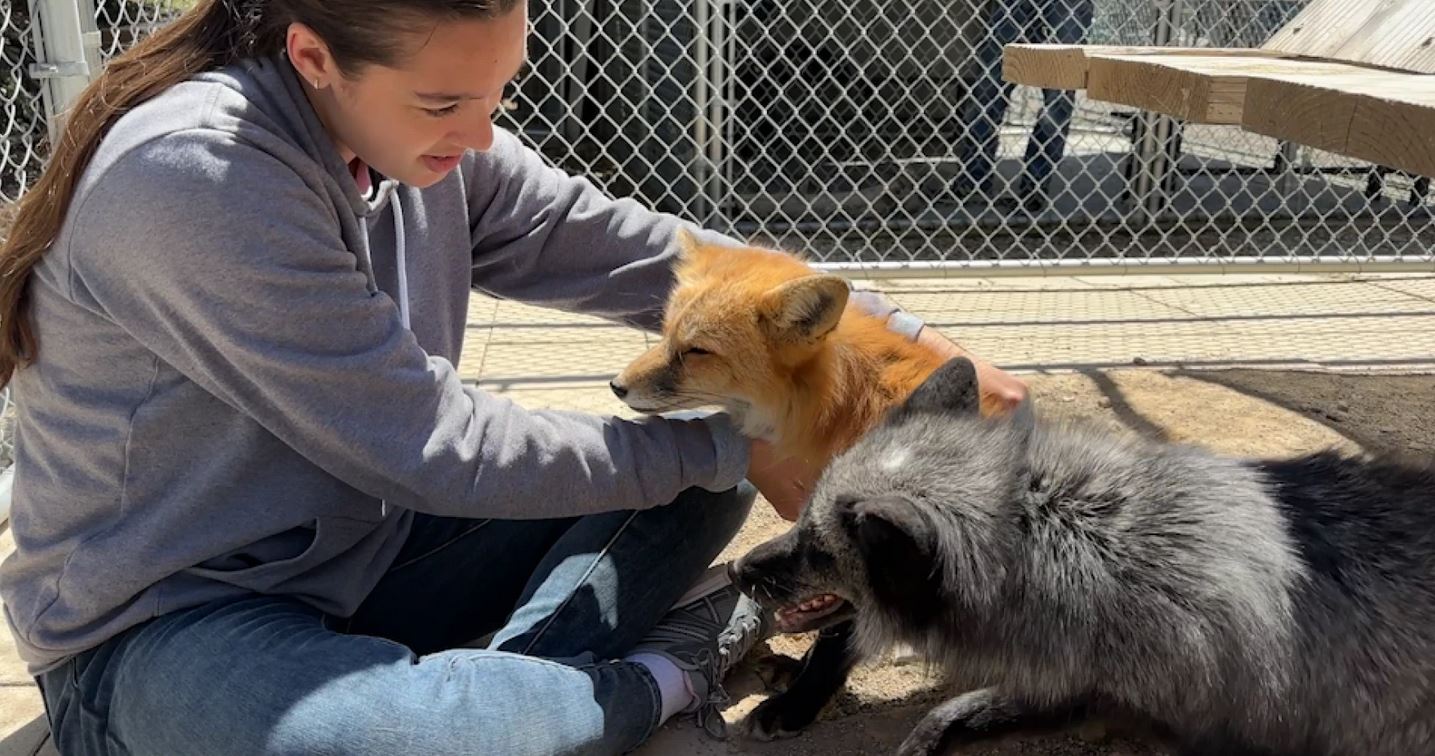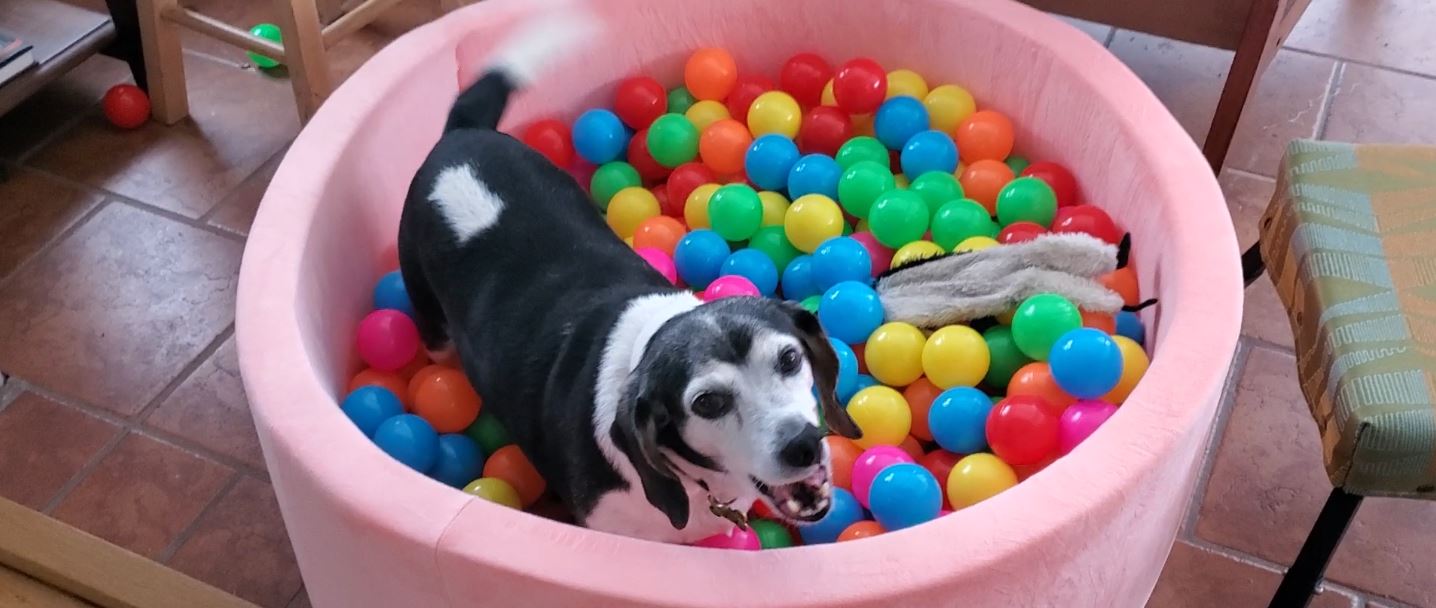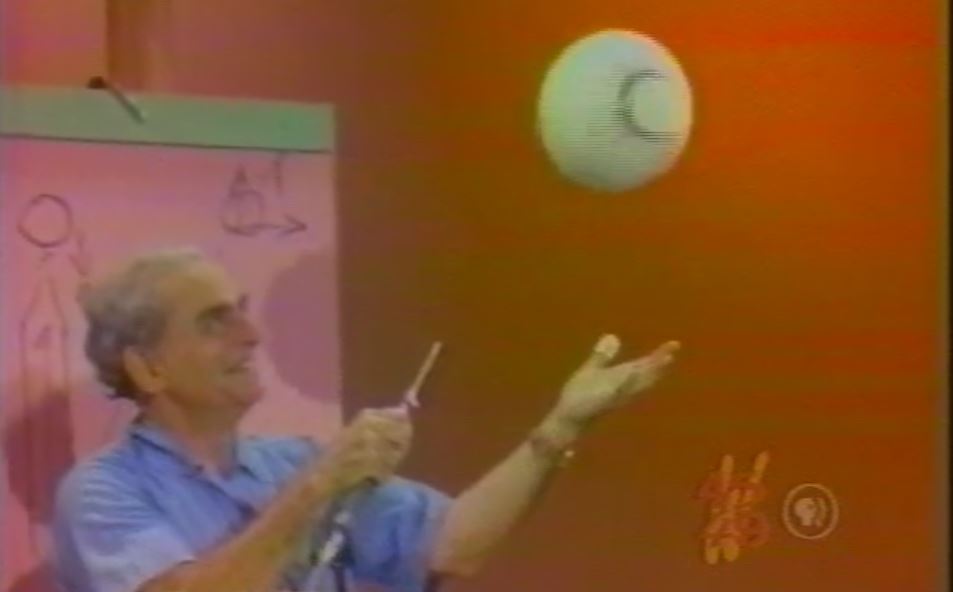
Nature: Best Science Images of 2024
Take a minute to check out those images, they are quite splendid. Well, a couple weren’t great, but the rest are amazing.
Sparky and I are relaxing with coffee, and he wanted me to post this photo of an ermine chimneying up a crack. Sparky told me that if he didn’t have to be my spirit animal, he’d quite like to be a dog weasel.
It was a bit harsh to remind him that I got him a weazel ball, and he is afraid of it. A weazel ball is a little scary looking. He doesn’t like how the weazel ball lurches around when it’s turned on.

Sparky was getting defensive. He shouldn’t start the day in a grumpy mood, so I reassured him. I said that when I met him at the orphanage, I thought he was a dog weasel. That was two years and 5 pounds ago, but he is still pretty weaselly.
That perked him up, and he thought we should try the weazel ball again. This year, Sparky has gained experience with RC cars, so buzzing, lurching motion may not be as unsettling.








